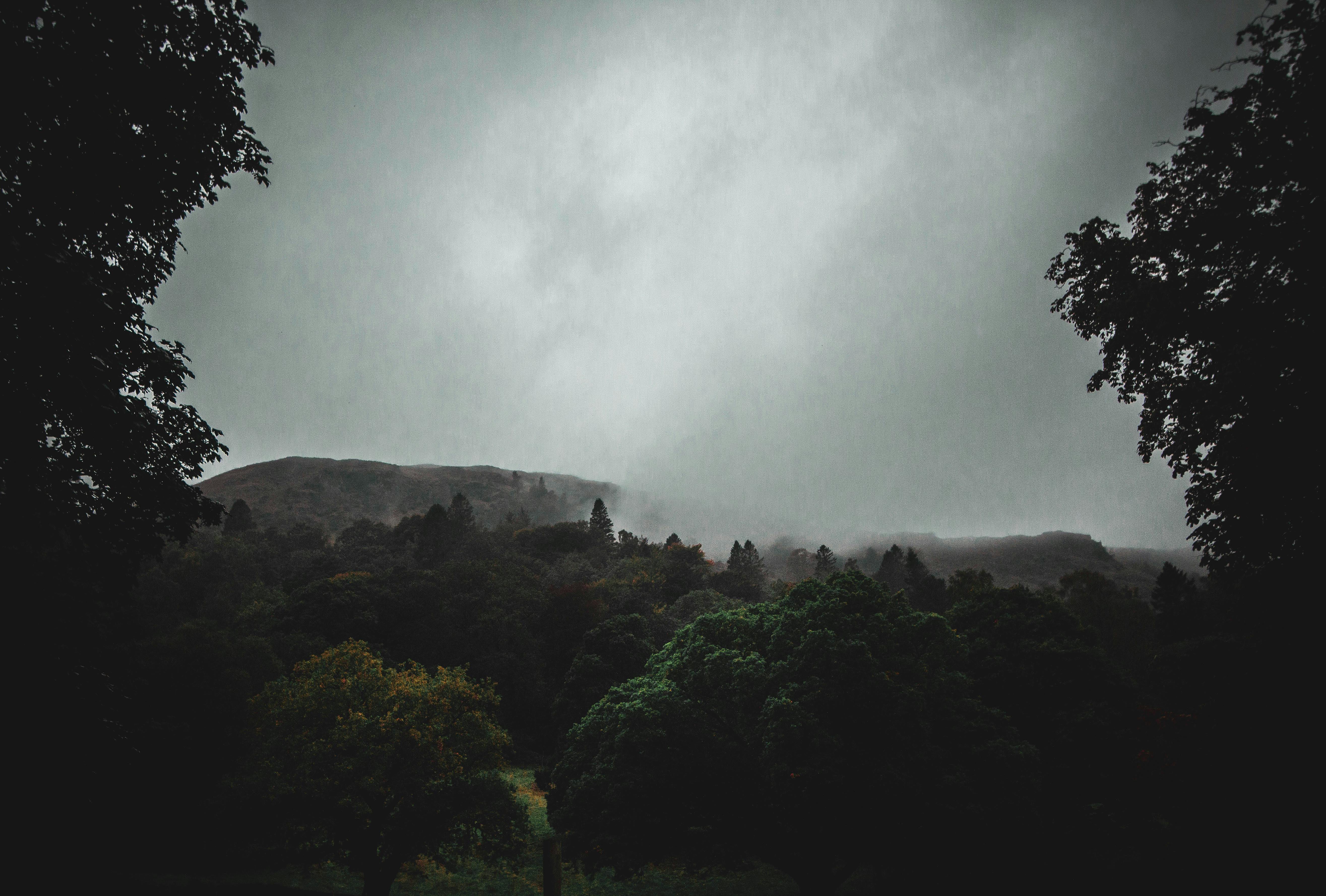
Exploring the many cultures of New Orleans (Part – 2)
THE CAJUNES
When the British gained control of French Canada, they insisted that Acadians take an oath to the British crown. When they refused, they were exiled. Many returned to France, but others traveled south to Catholic Spanish Louisiana. The first 650 people arrived in the region in 1765, settling as farmers along the swamplands west of New Orleans. They continued to speak their 17th-century French until 1916, when the use of French was banned in all schools and government organizations.
Today, Cajun culture is experiencing a renaissance, with the help of Cajun and zydeco artists and chefs like Paul Prudhomme of K-Paul’s Louisiana Kitchen.
THE ANGLO-AMERICANS
The rough and ready men who piloted the riverboats down the Mississippi were the first Americans to arrive in New Orleans and give it its reputation as the City of Sin. They came looking for “dixies,” or ten-dollar bills, and their revelry became notorious. After the Louisiana Purchase in 1803, government workers and land speculators migrated from the East Coast, all seeking their fortunes in the new territory.
Many of them were of Scottish, Irish or English descent. They settled in what became the American Quarter on the upstream side of Canal Street and brought yet another new style of architecture to the city.
THE JEWS
There was a vibrant Jewish community in New Orleans as early as 1718, but it was not until 1828 that the first synagogue was organized. In the 19th century, many Jews emigrated from Germany and Eastern Europe. Samuel Zemurray, for his part, started a fruit import business, which eventually became the United Fruit Company. He was a great philanthropist and donated huge sums of money to Tulane University.
THE IRISH
The Irish arrived in the mid-19th century, fleeing the 1840 potato famine in Ireland. In 1860 there were 24,000 Irish in New Orleans, crammed into a narrow area called the “Irish Canal” between the river and Magazine Street, east of Louisiana Avenue.
Most of them worked as laborers (construction of the Canal de la Nueva Cuenca) and as stevedores. Later generations were very successful in politics.
THE ITALIANS
Although some Italians arrived before the Civil War, many more arrived afterward and replaced blacks as farm workers. In 1890 there were more than 25,000 living in New Orleans, with more arriving at the turn of the century. Most came from Sicily and settled in the poor French Quarter, where they started out as laborers, street vendors, and market vendors, bringing new and interesting flavors to the French market.
Its influence can be seen mainly in the kitchen, including the popular muffinetta Sandwich.